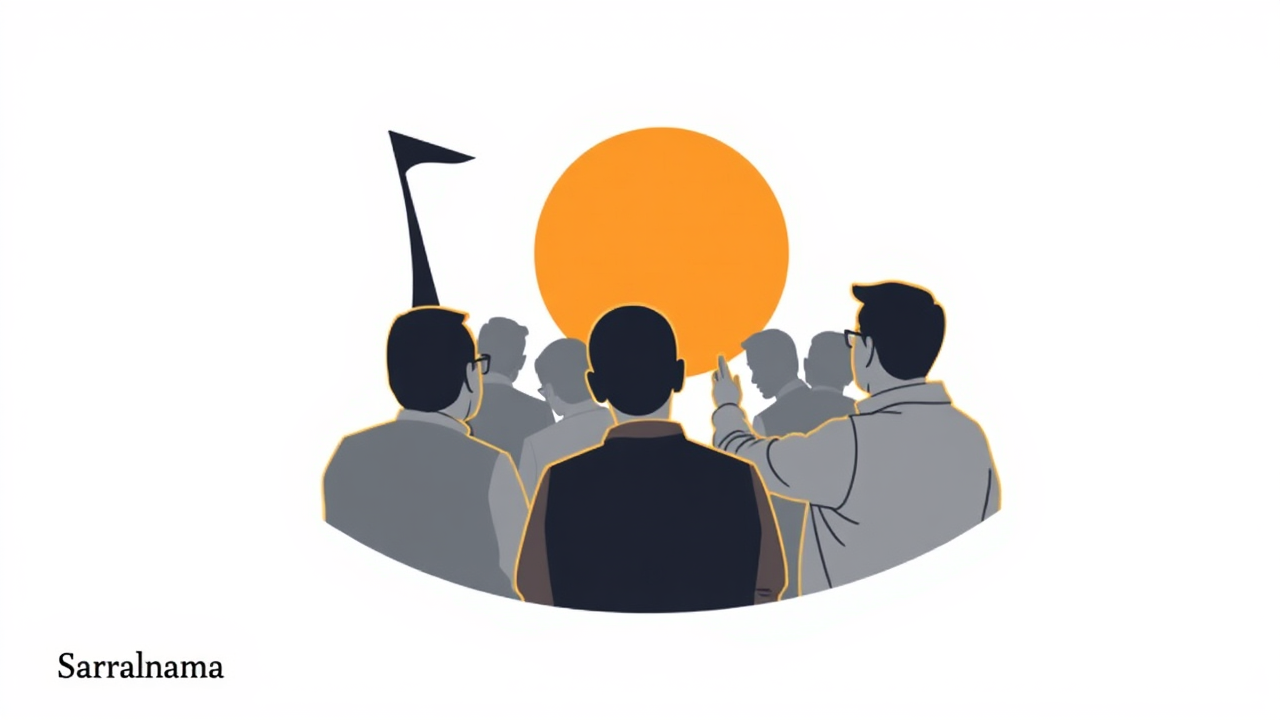Bihar's National Democratic Alliance, led by Chief Minister Nitish Kumar for 20 years, presents a unique political model where development overshadows religious rhetoric. Unlike neighbouring states such as Uttar Pradesh, West Bengal, and Assam, where the BJP's rise has strengthened Hindutva politics, Bihar's NDA focuses on welfare and infrastructure. During polling in Sheikhpura district on November 6, voters from Extremely Backward Classes and Dalit communities discussed roads, employment, and law and order rather than communal tensions. Caste mobilisation in Bihar emphasises material benefits over cultural pride, with welfare schemes like free grain and the Mukhyamantri Mahila Rojgar Yojana (which transferred Rs 10,000 to women) shaping voter preferences. The state, which was 89% rural according to the 2011 Census, prioritises basic development across party lines. Only in Seemanchal, with its large Muslim population, does Hindutva occasionally surface in conversations.

Development Over Religion: Bihar's Distinct Political Approach
Bihar stands apart from states where the BJP has introduced strong Hindutva elements. In Uttar Pradesh, West Bengal, and Assam, the party's growth brought religious mobilisation—from temple disputes to polygamy bans. However, Bihar's NDA coalition maintains a 'bijli, sadak, paani' agenda despite the BJP's strength. Chief Minister Nitish Kumar has cultivated this approach, where caste groups align with parties based on welfare delivery rather than religious identity. Voters across constituencies credit the ruling alliance for improved roads, electricity, flyovers, and law enforcement. Even the most deprived communities, including Musahars, highlight government schemes rather than cultural assertions. This focus on tangible benefits reflects Bihar's underdevelopment history and overwhelmingly rural character, making basic infrastructure the primary electoral concern across religions and castes.
Caste Politics Tied to Welfare, Not Cultural Pride
Nitish Kumar has redefined caste mobilisation by linking it to welfare policies rather than cultural identity. Categories like Extremely Backward Classes, expanded under his leadership, and Mahadalits are framed around material upliftment. This contrasts with the Sangh Parivar's approach of constructing caste heroes as Hindu icons or Punjab's Dalit cultural assertion through music and celebration of historical figures like Uda Devi Pasi. In Bihar, caste serves primarily as a channel for state empowerment programmes. Opposition parties also adopt this framework, criticising the NDA over welfare delivery and development rather than identity politics. Only in Seemanchal, where significant Muslim and Hindu populations coexist, does Hindutva occasionally emerge in conversations, with some residents making communal references during otherwise development-focused discussions.
Source: Link
